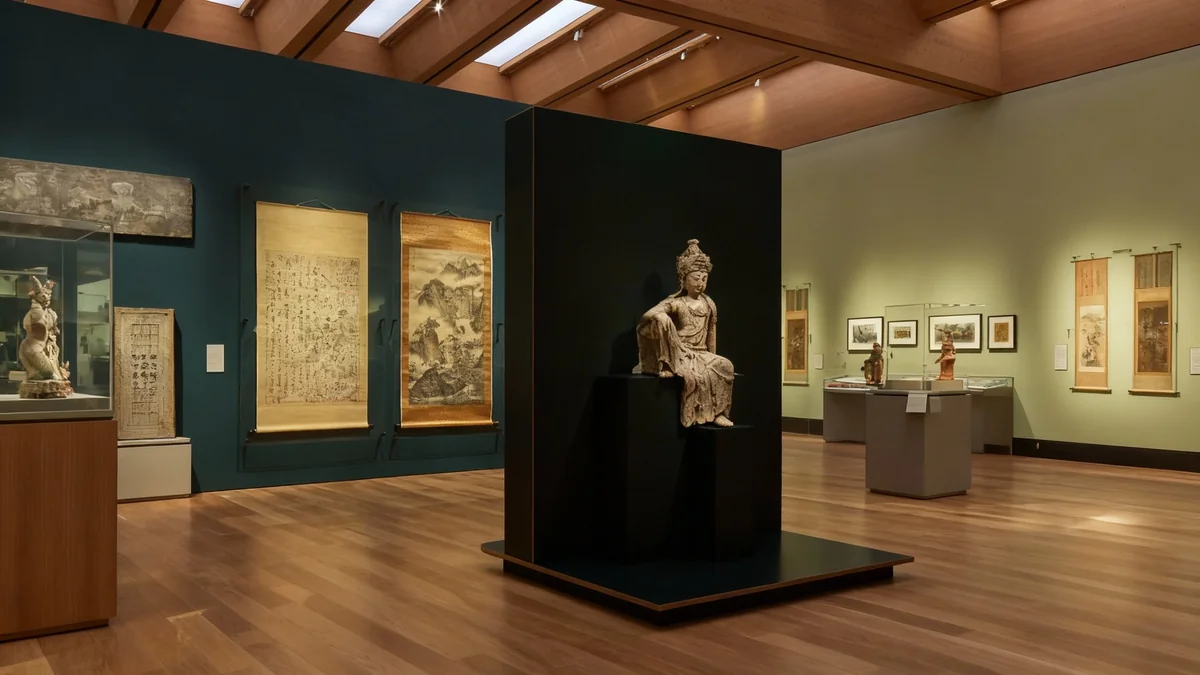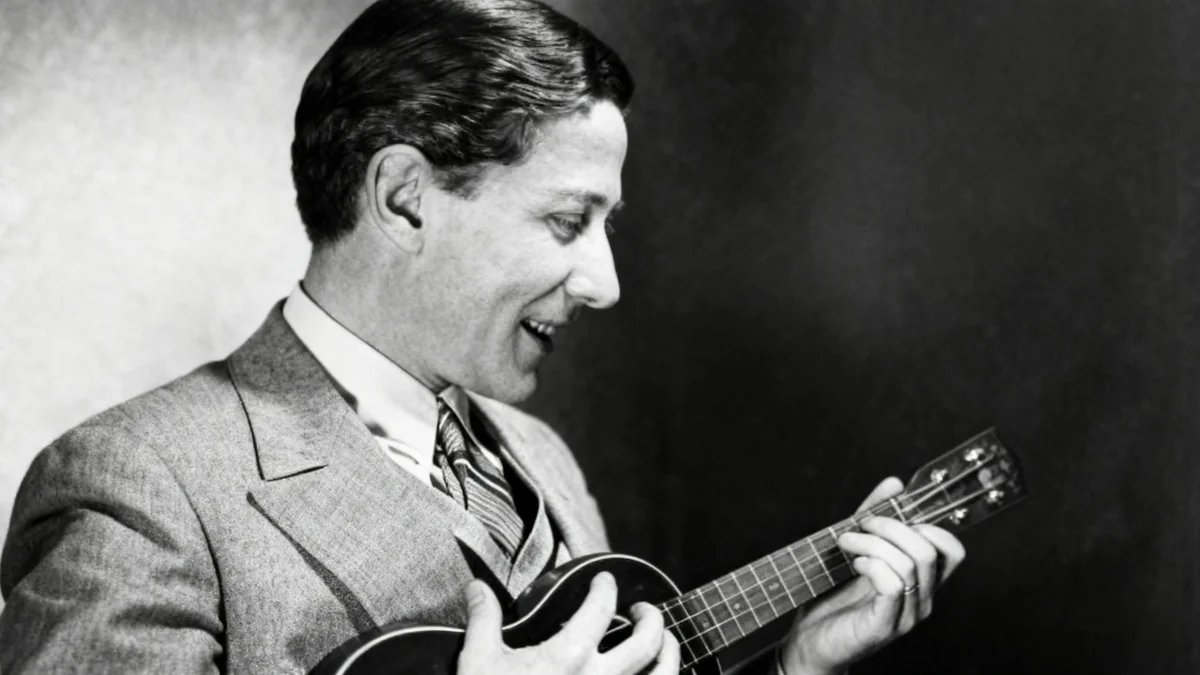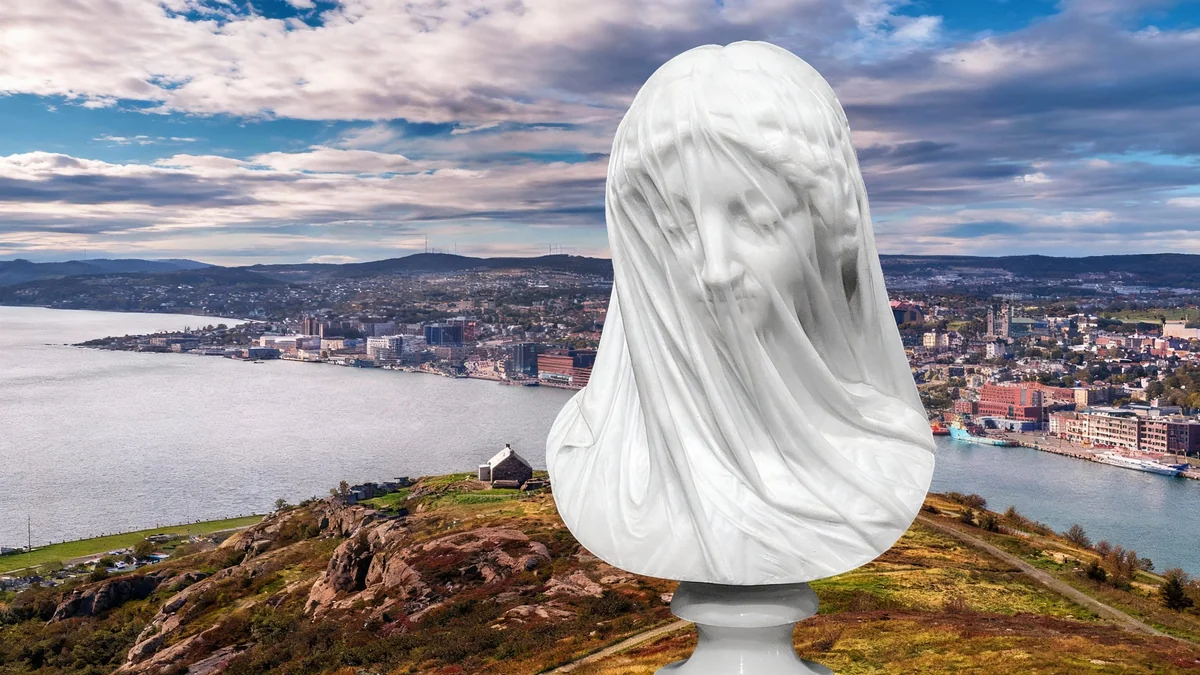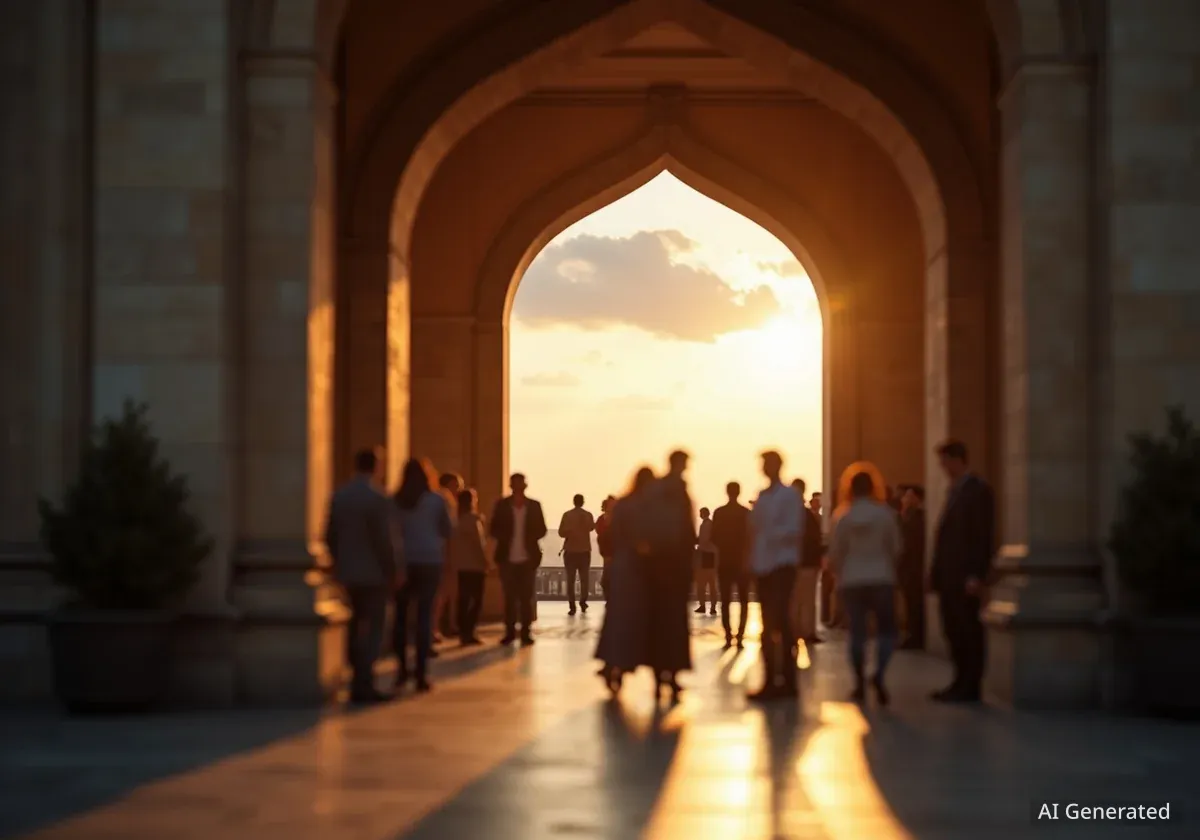Princeton University boasts one of the United States' oldest and most respected art collections. Its origins trace back to a significant gift in 1755, when New Jersey colonial governor Jonathan Belcher donated his full-length portrait in a gilded frame. This initial acquisition marked the beginning of a collection that would evolve over centuries, reflecting both historical events and dedicated stewardship.
Key Takeaways
- Princeton's art collection began in 1755 with a portrait gift.
- Early collection faced losses from the Battle of Princeton and two fires.
- The museum officially opened in 1874 with fewer than 3,000 objects.
- Access to the early museum required applying to a janitor for a key.
- The collection has grown significantly despite early challenges.
Early Beginnings and Significant Acquisitions
The foundation of Princeton University's art collection was laid with Governor Belcher's portrait. This piece was soon joined by other notable works, including a portrait of England's King George II. These early acquisitions formed the nucleus of what would become a substantial and diverse collection.
A particularly significant addition came between 1783 and 1784: Charles Willson Peale's iconic painting, "George Washington at the Battle of Princeton." This artwork not only held artistic merit but also deep historical relevance, connecting the university directly to a pivotal moment in American history.
Interesting Fact
The Princeton University Art Museum, formally established in 1882, first opened its doors to the public in 1874 with an initial collection of fewer than 3,000 objects.
Challenges and Preservation Efforts
Despite its early promise, the nascent collection faced considerable adversity. The Battle of Princeton, a crucial engagement during the American Revolutionary War, likely impacted some early holdings. More significantly, two devastating fires ravaged the university's property over time. These events led to the loss of many items from the collection's formative years.
The resilience of the institution, however, ensured that efforts to preserve and rebuild the collection continued. Each loss underscored the importance of careful documentation and dedicated curatorship for the items that remained.
"The early collection's survival through fires and conflict speaks to a deep commitment to art and history within the university."
The Formal Establishment of the Museum
The desire to properly house and display the growing collection led to the formal establishment of the Princeton University Art Museum in 1882. This marked a crucial step in recognizing the collection's academic and cultural value. Before its official establishment, the collection was already accessible, albeit with some logistical challenges.
When the museum first opened in 1874, it housed fewer than 3,000 objects. Access for unanticipated visitors was a unique process: one had to apply to a janitor for the key. This detail highlights the informal, yet dedicated, approach to sharing art with the public during that era.
Historical Context
The 18th and 19th centuries saw many universities and private institutions begin to formalize their art collections, moving from simple storage to dedicated exhibition spaces. This mirrored a broader cultural movement towards public access to art and education.
Evolution and Growth of the Collection
From its humble beginnings and through periods of loss, the Princeton University Art Museum's collection has grown exponentially. Today, it stands as a testament to centuries of thoughtful acquisition, scholarly research, and public engagement. The museum now encompasses a vast array of artworks spanning diverse cultures and historical periods.
The initial challenge of accessing the museum's contents by requesting a key from a janitor is a stark contrast to the modern, accessible institution it has become. This evolution reflects the university's ongoing commitment to making art and culture an integral part of its educational mission.
- 1755: First recorded art acquisition.
- 1783-84: Charles Willson Peale's "George Washington at the Battle of Princeton" acquired.
- 1874: Museum first opens with under 3,000 objects.
- 1882: Princeton University Art Museum formally established.
The journey of Princeton's art collection from a few portraits to a world-renowned museum underscores the enduring value placed on cultural heritage and artistic expression within academic institutions. The collection serves as a vital resource for students, scholars, and the public, continuously offering new insights into human creativity and history.




